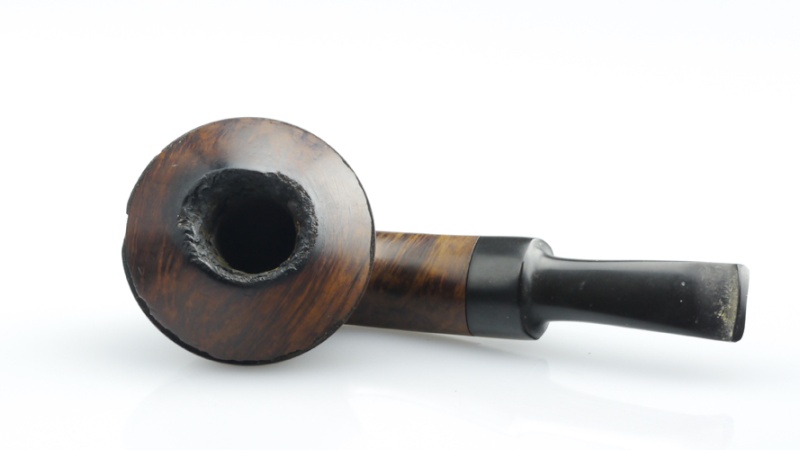Thanks to Todd Johnson for executing this experiment. I think this leaves little doubt that using a bowl coating of sodium silicate, pumice, and activated charcoal adds a dramatic degree of protection against burn out on a pipe.
One thing I would mention: the temperature at the tip of a candle flame can vary from about 1100 deg Fahrenheit to about 1400 deg Fahrenheit. Those are the kinds of consistent temperatures these pieces of briar were exposed to during this experiment.
Unless I'm mistaken, tobacco combusts around 550 deg Fahrenheit which is, at most, half of the temperature these pieces of briar were exposed to. Now I've seen inexperienced pipers puff on a pipe until that thing was scalding hot, which could certainly lead to temperatures like those we see in the experiment. Generally speaking, I imagine that anyone willing to shell out enough money for an expensive briar is likely to be more cautious with their pipe while smoking and handling that pipe. However, Todd provided an image over on smokersforums.co.uk that illustrates that there are folks out there who treat their high grades like absolute crap. I've included that photo at the end of this post.
I think this experiment proves beyond a reasonable doubt that by leaving a chamber uncoated you are taking a degree of risk. For me, the benefits of an uncoated chamber outweigh the risk of having a pipe burn out due to an issue with the briar or an overzealous smoker.
However, I am not Todd Johnson and may very well eat my words given my choice to leave my chambers uncoated. If I do, you'll hear it here first.
Beat up Bo Nordh
